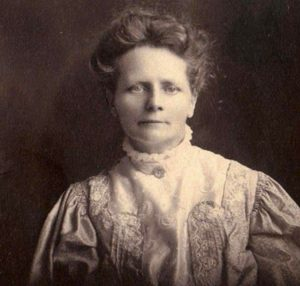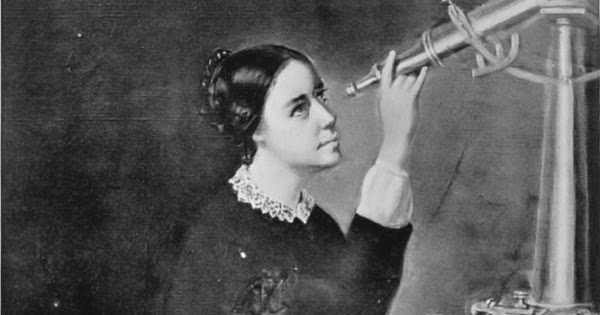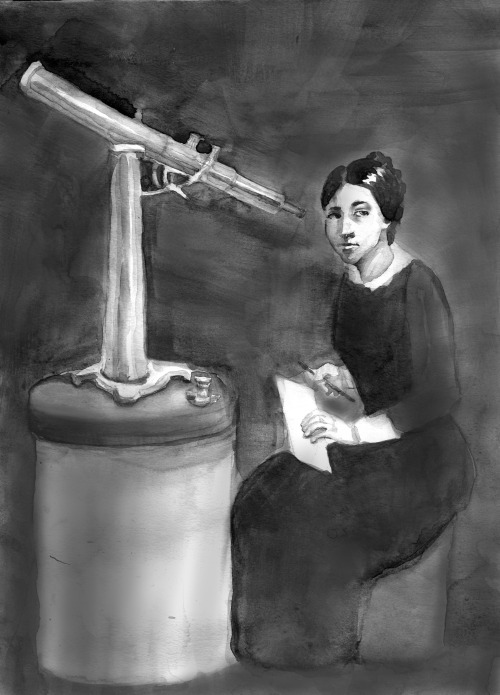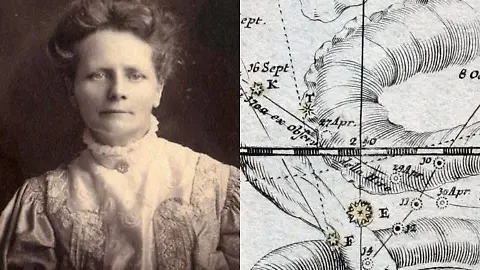In the vast night sky of scientific history, some stars shine so brightly they’re impossible to ignore—yet others, like Maria Kirch, were deliberately dimmed. In 1702, Kirch became the first woman known to have discovered a comet. But because of the time she lived in, her achievement was buried under layers of institutional bias. While her name may not be as well-known as Galileo or Newton, Maria Kirch left a legacy that shaped astronomy and inspired a new generation of women to follow her path, including her own daughter.

A Woman Ahead of Her Time
Maria Margarethe Kirch (née Winkelmann) was born in 1670 in Germany at a time when education for girls was rare and careers in science even rarer. But Maria was anything but ordinary. She received early instruction in astronomy from a self-taught neighbor, and later married astronomer Gottfried Kirch, who recognized her talent and encouraged her work.
The two became a scientific power couple, collaborating on astronomical observations, calculations, and publications. While Maria often worked behind the scenes, her knowledge and contributions were undeniable.

The 1702 Comet Discovery
On a clear night in 1702, while observing the heavens through her telescope, Maria spotted a bright object streaking across the sky. It was a comet an extraordinary discovery at the time. She documented it, tracked its movement, and shared her findings.
However, her discovery was credited to her husband. Not because she was wrong or lacked evidence—but because she was a woman.
Video:
Scientific Revolution: Maria Winkelman
In 18th-century Europe, women were not officially permitted to be recognized by scientific academies or hold positions of scholarly authority. Despite making the discovery herself, Maria had to watch as her husband’s name was the one written into the astronomical records.
Fighting for a Place Among the Stars
Maria didn’t give up. After her husband’s death in 1710, she petitioned to take over his position as the official astronomer of the Berlin Academy of Sciences. She had the skills, the experience, and the reputation. But she was rejected. The Academy couldn’t stomach the idea of a woman holding an official scientific role, despite acknowledging her ability.
Still, she continued her work. Maria published calendars, made precise observations, and taught astronomy. Her resilience echoed louder than any rejection.

Training the Next Generation of Women Astronomers
One of Maria’s greatest contributions wasn’t just what she discovered it was who she inspired. She trained her three children in astronomy, most notably her daughter Christine Kirch, who would go on to become a skilled astronomer in her own right. Christine continued the family’s tradition of calendar making and star charting, eventually earning recognition for her own work.
Video:
13 Groundbreaking Women in Science
Maria passed her passion not only to her children but to the broader scientific world. She proved that women were more than capable of observing, analyzing, and understanding the cosmos.
A Legacy Written in the Stars
Today, Maria Kirch’s story is a reminder of how brilliance can be overshadowed by bias and how courage and determination can still leave a lasting mark. She lived in an era that denied her the title she earned, but her legacy survived through her work, her children, and the women who followed.
While the comet she discovered may have burned brightly and vanished, the path she lit for women in science continues to glow.



